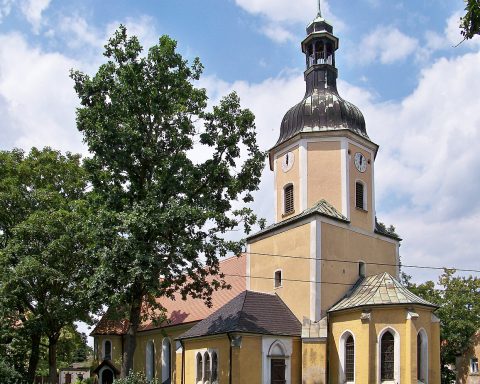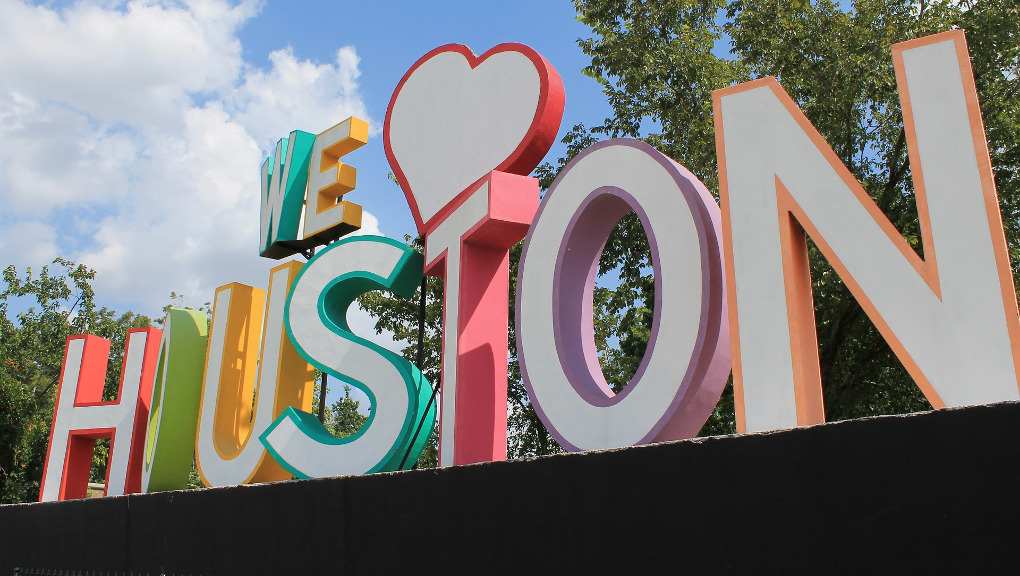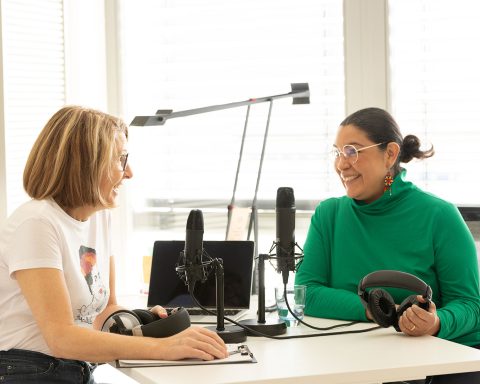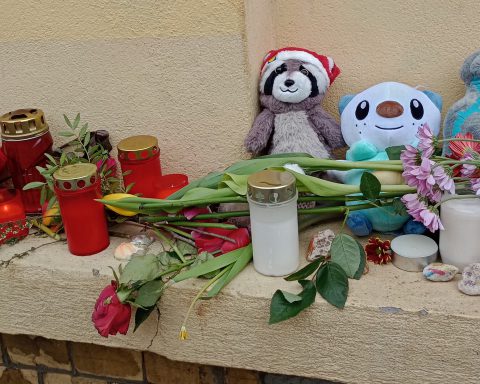Leipzig’s HGB (Hochschule für Grafik und Buchkunst) last winter established an unprecedented program for art and design students who sought asylum and happened to stay in Germany. The endeavor was conceptualized by Rayan Abdullah – professor for typography at HGB – who hails from Iraq and has lived in Germany for more than 30 years.
Prof. Abdullah’s own career path and willingness to contribute constructively when refugees arrived in large numbers in Germany encouraged him to shape and fight for the concept. Together with other professors, he overcame a lot of red tape to set up the Academy of Transcultural Exchange (Akademie für transkulturellen Austausch, or ATA).
The ATA gives refugees the chance to resume their art and design studies after war and terror interrupted their university careers in their homelands. For the first incoming class in Winter 2016, they had to present certificates of their previous studies to be verified, and produced a large amount of artwork to prove their skills during the “getting-to-know-you” week.
The second class is coming in this month, at the same time as the regular freshman class in the HGB.
The ATA’s opening ceremony for the new school year took place on 9 October. Eight students have enrolled, four of them being women.
This represents a larger proportion of female students than the first class, with the academy having had the explicit desire to support refugee women. The students are divided into four subject areas: painting/graphics, book design/graphic design, photography and media art.
The ATA’s core idea is the transcultural thought underlying the open-minded mutual exchange of art among those students, their colleagues and teachers, in order to cross-fertilize art for each other.
As Ralf Hartmann, former headmaster of the 250-year-old HGB, said during the opening ceremony in October 2016, it is not about distinguishing between one’s own and a foreign culture, and not about integrating one culture into another or melting cultures.
This is about crossing borders between cultures.
The nine students of the first class did well. The crucial part before starting their professional studies was the intensive language course.
After working long hours in the workshops of the academy, the students were asked to take a four-hour dive into the German language – which enables them not only to succeed in their written exams, but also to take part in the daily life of the city.
Two of them have already been able to switch over into the main study program.
It has not been an easy road in the academy up to this point. Once students were selected and enrolled, the difficult administrative part of financial approval started. The first class in 2016 had been a test case, and the uncertainty of financial sustainability endured for almost a year.
To attenuate the worst, current and former students as well as professors of the academy donated artwork that was auctioned near Christmastime.
Now, the financial issue is resolved: the students of the first and of the new class will have social benefits. With this strong commitment on the part of the academy, a different signal is sent out of Leipzig than the outcome conveyed in Saxony during the recent federal election.
By Carolin Wilms
Carolin is a German freelance journalist based in Leipzig.











